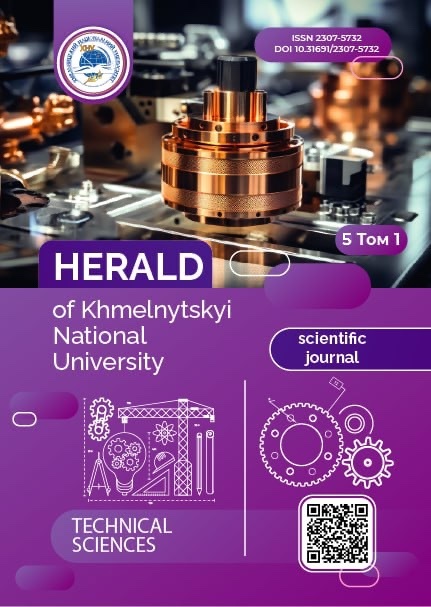NEURAL NETWORK DETECTION OF FAKE IMAGES OF PEOPLE
DOI:
https://doi.org/10.31891/2307-5732-2025-357-54Keywords:
convolutional neural networks, image classification, fake images, artificial intelligenceAbstract
This work proposes method for identifying artificial intelligence-generated images of people using machine. The method is based on a combination of two convolutional neural networks for automated image analysis to identify authenticity and origin. The peculiarity of the proposed method is that it allows not only to identify artificial intelligence-generated images, but also the method of their generation, which can significantly improve the identification of artificial intelligence-generated images. The peculiarity of the proposed method is that it allows not only to identify artificial intelligence-generated images, but also the method of their generation, which can significantly improve the identification of artificial intelligence-generated images. The method works on the basis of converting input data in the form of an image, a model for image identification, a model for finding the origin into output data in the form of a percentage assessment of the authenticity of the image and its origin. In the first step, the image undergoes preprocessing, which includes transformation, resizing and tensor creation. In the second step, it is necessary to load a trained network to identify the image as generated by the network or real, and analyze the loaded image; as a result, percentage values are obtained that need to be analyzed and output. If the input image is classified as generated, then the third step is performed and it is necessary to load a network for identifying the origin and additionally analyze the image. The neural network architecture uses an extended number of output layers according to the generation methods.
Dataset that consist of 17,000 images of people was prepared for training the network and a corresponding software application was developed to study its effectiveness. It was established that the use of a training sample in the ratio of generated and real classes 1 to 1, increasing the size of groups, applying random augmentation and normalization contributed to a significant improvement in the final metrics with less time. This allowed improving the maximum accuracy of classifiers to 92% for identifying authenticity and 95% for establishing the generation method. At the same time, increasing the learning rate gave a negative result, and increasing the number of epochs did not give visible improvements with significant increases in time. The results obtained indicates the ability of the proposed method to effectively identify images generated by artificial intelligence using machine learning.
Downloads
Published
Issue
Section
License
Copyright (c) 2025 ОЛЕНА СОБКО, ОЛЕКСАНДР МАЗУРЕЦЬ, ОЛЕКСАНДР ЖАРНОВСЬКИЙ, ОЛЕКСАНДР ГЛАДУН (Автор)

This work is licensed under a Creative Commons Attribution 4.0 International License.

